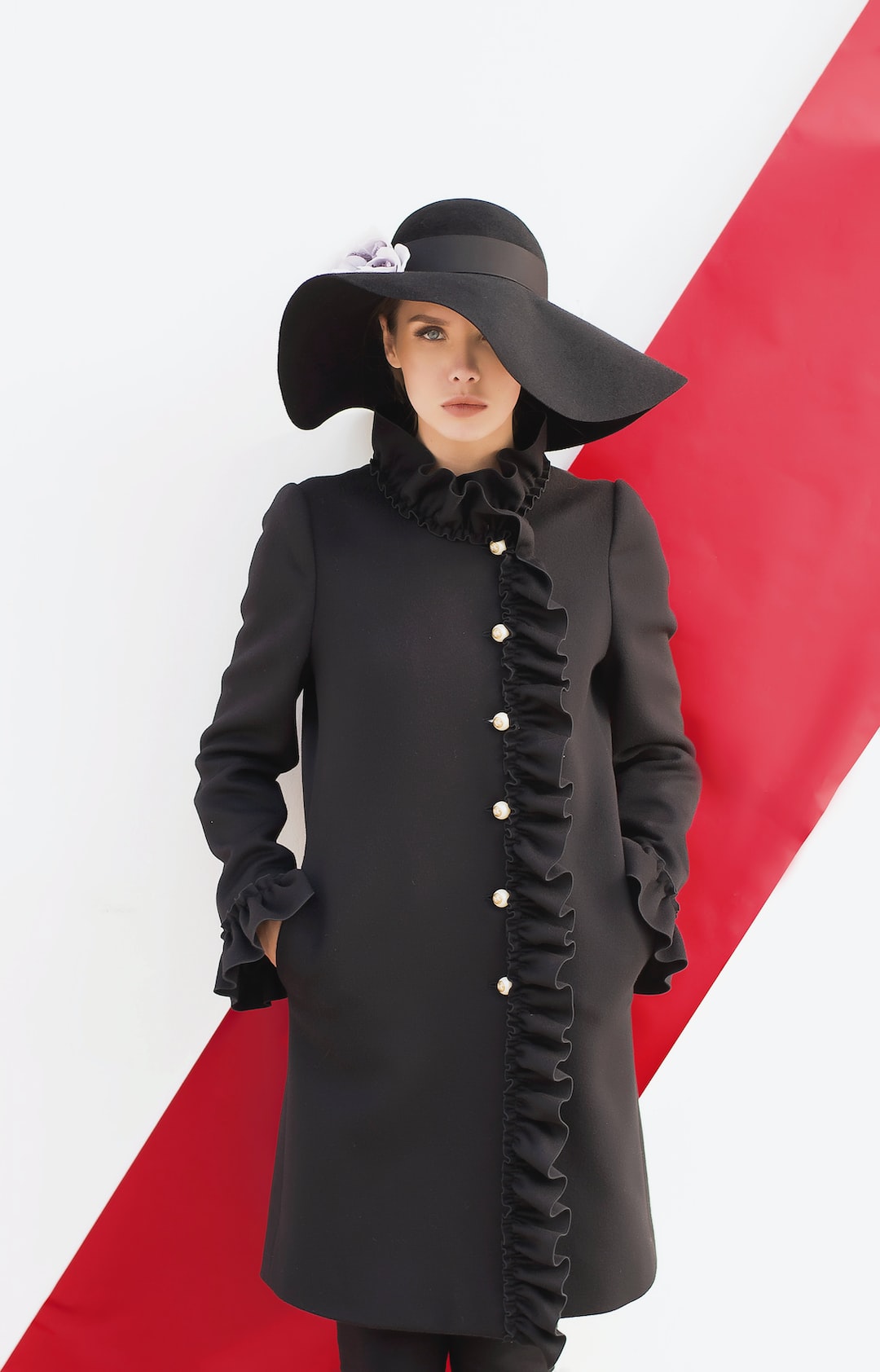Fashion and Technology: The Future of Wearable Tech
In recent years, technology has become an integral part of our lives. We have witnessed a rapid evolution of smartphones, smart homes, and smart gadgets. However, there is one domain where technology is making significant strides, and that is the world of fashion. From fitness trackers to smartwatches, wearable tech has emerged as a trend that is revolutionizing the fashion industry.
Gone are the days when wearable tech was limited to clunky fitness bands and nerdy-looking smart glasses. Today, technology has become more seamless, merging with fashion seamlessly. The fusion of fashion and technology has resulted in the creation of stylish and functional wearable devices that are transforming the way we live and interact with the world.
Smartwatches are a prime example of how technology has seamlessly integrated into fashion. With sleek designs, customizable watch faces, and a range of functionalities, smartwatches have become a fashionable statement. They not only tell time but also track fitness, provide notifications, and even allow you to pay for your purchases with just a tap. With advancements in technology, smartwatches are becoming more sophisticated, offering features like ECG monitoring, sleep tracking, and even voice assistants.
Fitness trackers have also witnessed a significant leap in design and functionality. From a simple step counter, they have evolved to become stylish accessories that can track your heart rate, monitor your sleep patterns, and even analyze your workouts. Some fitness trackers can now even be worn as jewelry or incorporated into clothing, making them blend seamlessly with your personal style.
Another area where fashion and technology are intersecting is in the realm of fabric innovations. Smart fabrics, also known as e-textiles, are fabrics that have been embedded with electronic components. These fabrics can sense and react to changes in the environment or the wearer’s body. They can be used to create clothing that adjusts its temperature based on weather conditions or that can monitor vital signs and send data to the user’s smartphone.
One example of smart fabric technology is Google’s Project Jacquard. This project aims to weave conductive threads into textiles, creating interactive and touch-sensitive surfaces. The possibilities are endless, from jackets that can control your music with a swipe of your sleeve to shoes that can track your steps and give you directions with vibrations.
Wearable tech is also making significant strides in the realm of augmented reality (AR) and virtual reality (VR). AR glasses, such as Google Glass, allow wearers to view digital information directly in their field of vision. This technology has potential applications in the fashion industry, enabling users to virtually try on clothes and accessories without physically trying them on.
VR, on the other hand, offers a completely immersive experience. Fashion designers can use VR to create virtual fashion shows, allowing users to attend these shows from the comfort of their own homes. Furthermore, with VR headsets becoming more affordable, consumers can now explore virtual shopping experiences, where they can browse and purchase clothing and accessories without leaving their houses.
The future of wearable tech in fashion seems limitless. With advancements in materials, sensors, and connectivity, we can expect to see even more seamless integration of fashion and technology. Imagine clothing that changes color based on your mood or garments that can charge your devices wirelessly. The possibilities are truly exciting.
However, like any other industry, the fashion industry will face challenges in this technological revolution. One of the key concerns is privacy and data security. As wearable tech tracks our every move and collects vast amounts of personal data, it is crucial that companies prioritize consumer privacy and data protection.
Additionally, as technology becomes an integral part of our fashion choices, there is a need for more sustainable and environmentally friendly solutions. Proper disposal and recycling of wearable tech devices should be a priority to ensure that they do not contribute to e-waste and environmental degradation.
Fashion and technology have converged to create a new era of wearable tech. From stylish and functional smartwatches to interactive textiles and immersive AR/VR experiences, the possibilities are truly endless. As we move forward, it is essential that we embrace this fusion and create a future where fashion and technology coexist seamlessly, enhancing our style, functionality, and overall well-being. The future is fashionable, and technology is the key to unlock its potential.
